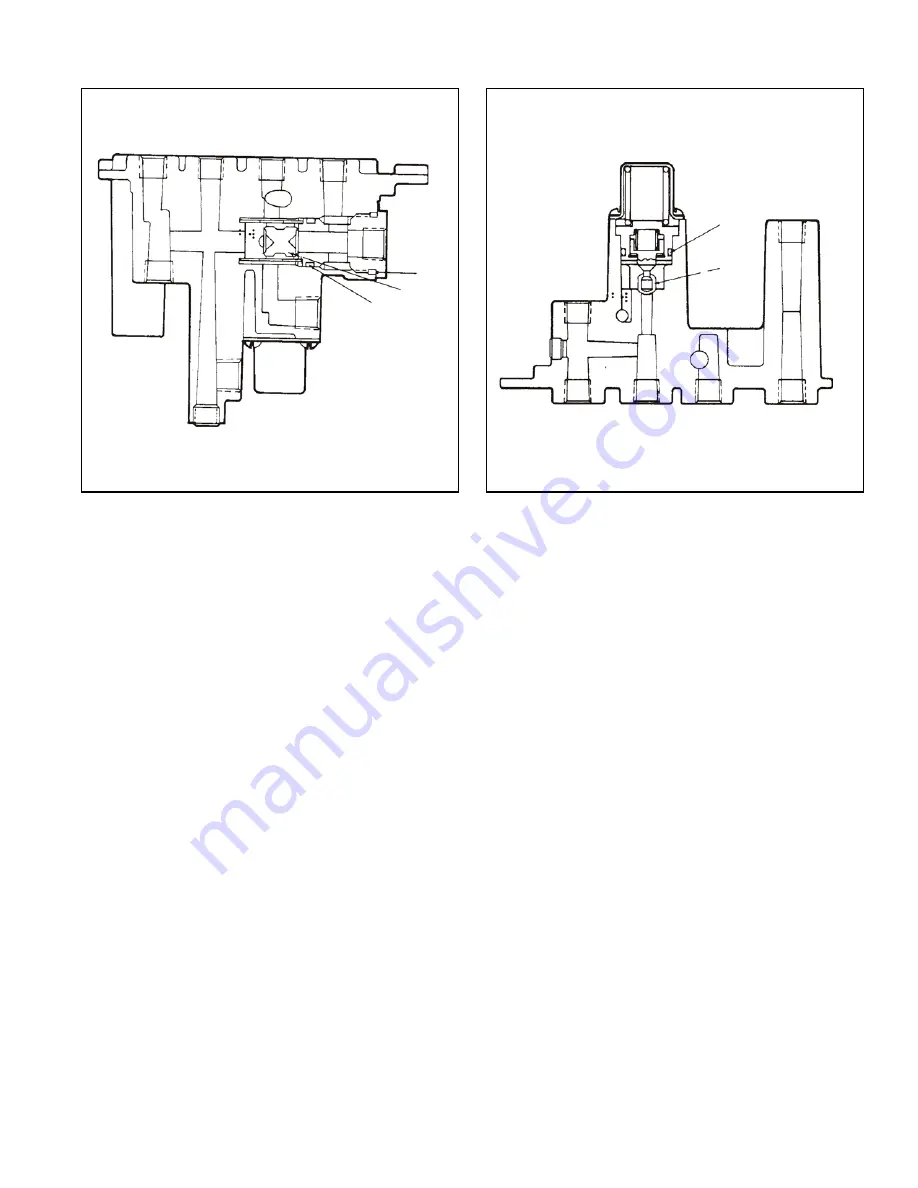
3
8. Use only genuine Bendix
®
replacement parts,
components and kits. Replacement hardware,
tubing, hose, fittings, etc. must be of equivalent
size, type and strength as original equipment and
be designed specifically for such applications and
systems.
9. Components with stripped threads or damaged
parts should be replaced rather than repaired. Do
not attempt repairs requiring machining or welding
unless specifically stated and approved by the
vehicle and component manufacturer.
10. Prior to returning the vehicle to service, make
certain all components and systems are restored to
their proper operating condition.
PREVENTIVE MAINTENANCE
Important:
Review the Bendix Warranty Policy before
performing any intrusive maintenance procedures. A warranty
may be voided if intrusive maintenance is performed during
the warranty period.
No two vehicles operate under identical conditions, as a
result, maintenance intervals may vary. Experience is a
valuable guide in determining the best maintenance interval
for air brake system components. At a minimum, the VM-3
™
manifold should be inspected every year or 3600 operating
hours, whichever comes first, for proper operation. Should
the VM-3
™
manifold not meet the elements of the operational
tests noted in this document, further investigation and service
of the valve may be required.
SERVICE CHECKS
OPERATING AND LEAKAGE CHECKS
1. Start engine and charge both sides of dual system.
2. Stop engine, drain the front brake reservoir and disconnect
tube fitting at port No. 1 in Fig. 1, identified as Frt.
Sup. - Blue. Excessive leakage would indicate a faulty
double check valve.
3. Restore and recharge both systems. Drain the rear brake
reservoir and disconnect the fitting at port No. 3 in Fig.
1, identified as Rear Sup. - Grn. Excessive leakage would
indicate a faulty double check valve.
4. After closing the drain cock and restoring the plumbing
for the front reservoir remove the fitting at port No. 4 in
Fig. 1. Start the engine and observe front dash gauge.
Stop the engine when the gauge shows 40 psi. Excessive
leakage from port No. 4 would indicate a faulty PR-4
™
valve. Restart engine and observe front gauge. Air should
start to blow from port No. 4 at 60-75 psi, indicating
PR-4
™
valve is operating correctly. With engine shut off,
PR-4
™
valve should close and retain at least 60 psi in
front reservoir.
If the VM-3
™
manifold does not function as described above
or leakage is excessive, it is recommended that it be returned
to the nearest Bendix authorized distributor for an exchange
or a replacement unit. If this is not possible, the unit can be
repaired with genuine Bendix parts in which case the following
should prove helpful. A field maintenance kit is available under
pc. no. 289062.
FIGURE 3
1
2
3
FIGURE 4
4
3










